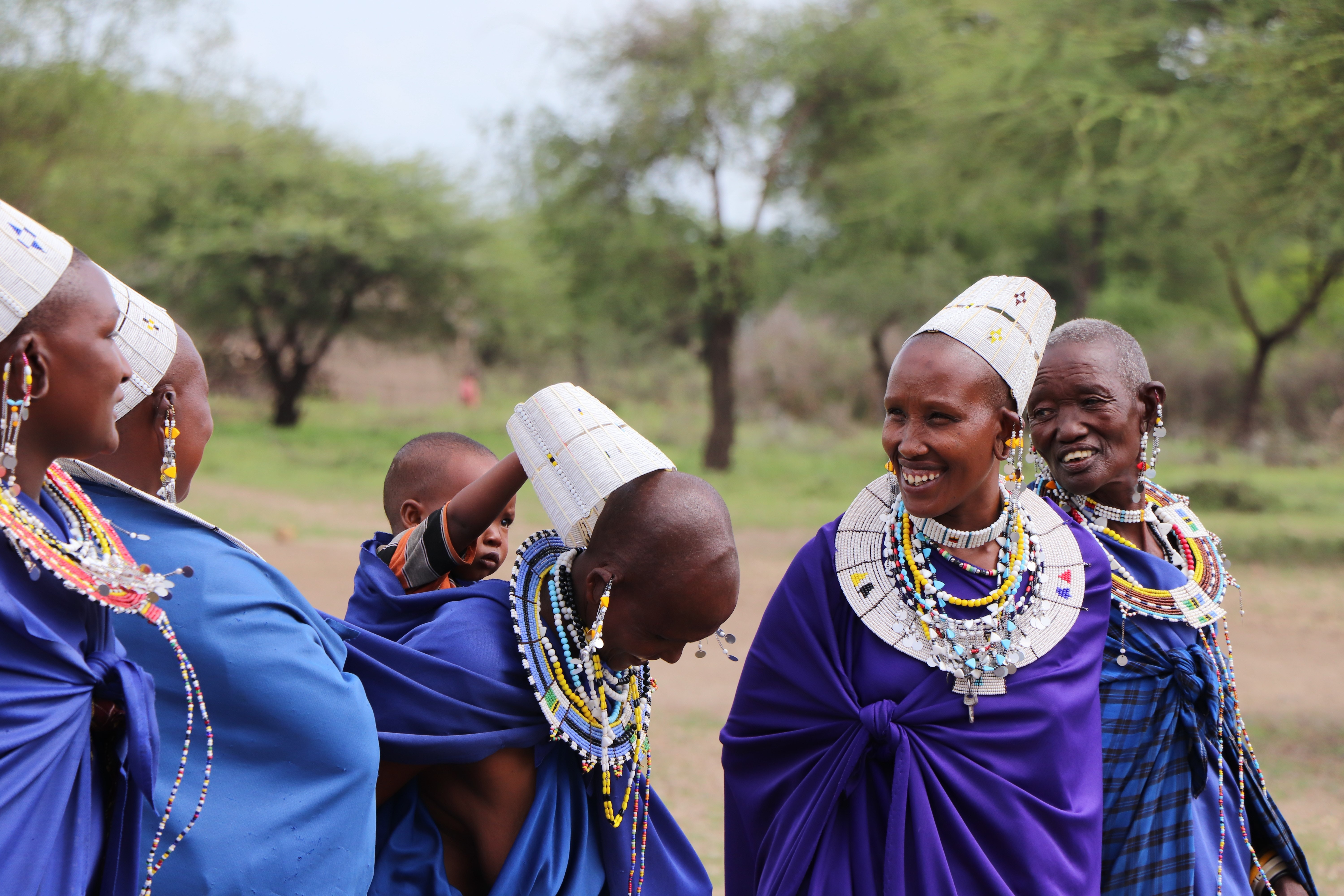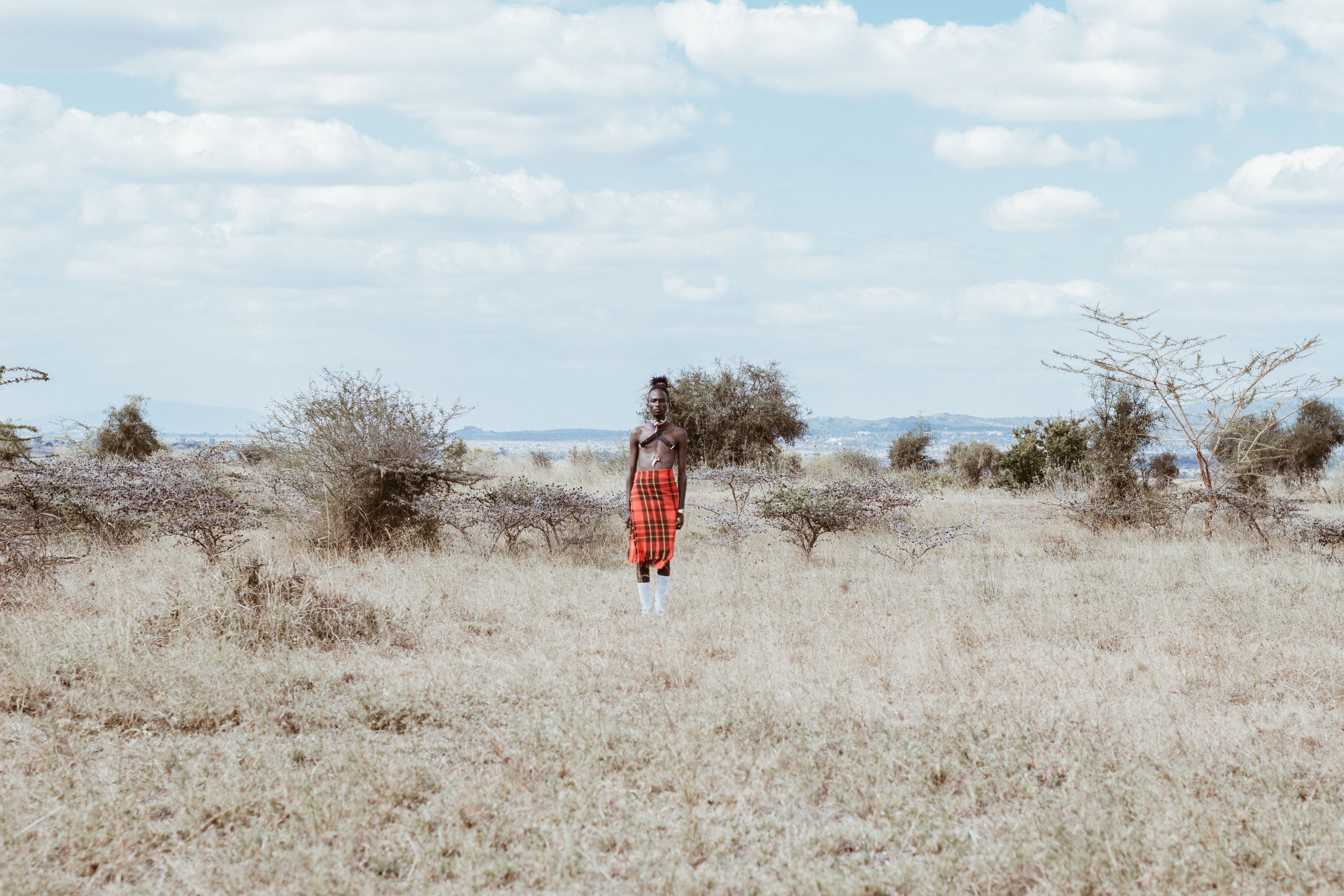We previously discussed Central, Northern, and Western Africa. Next up is South Africa and East Africa.
South Africa includes Angola, Namibia, Swaziland, South Africa, Botswana (these are the most successful countries), Mozambique, Madagascar, Zambia, and Zimbabwe (the last four countries are the poorest). Considering which countries are richest in mineral resources, Angola has oil; Namibia has diamonds, nonferrous metals, and uranium; Botswana has diamonds; Swaziland has gold, diamonds, and black coal; South Africa has diamonds, gold, black coal, platinum, chromium, and iron ore. Spring alone accounts for up to 25% of Africa\’s GDP (once as much as 50%)

South Africa – South Africa
Bartolomeo Diaz also appeared in the country in 1488; in the late 16th and 17th centuries, South Africa was also home to the Dutch. The first settlements were established and slaves were used as labor. The first immigrants also began to appear, mainly the aforementioned Dutch, but also Germans and French; in the 19th century, the British arrived and gold deposits were discovered. The so-called Boer War was fought between the British and the Boers. As for population, South Africa has a population of about 59 million and an area of 1.2 million km2.

East Africa includes Sudan, South Sudan, Eritrea, Djibouti, Ethiopia, Somalia, Kenya, Uganda and Tanzania. With regard to the economy, monoculture agriculture is found here. Namely, Ethiopia accounts for 80% of exports (mainly coffee), Somalia for bananas, and cattle for more than 50% of the Horn of Africa. Industry is less important. Around Ukerewe there is gold and nonferrous metals. Plantations grow tea, bananas, tobacco, and coffee. There are also national parks such as the Serengeti. In Kenya, livestock (cattle, sheep, goats) is the main industry, but there are also crops (sugarcane, grains, tea, coffee, etc.). Tanzania is poorer than Kenya. Tanzania is poorer than Kenya.
